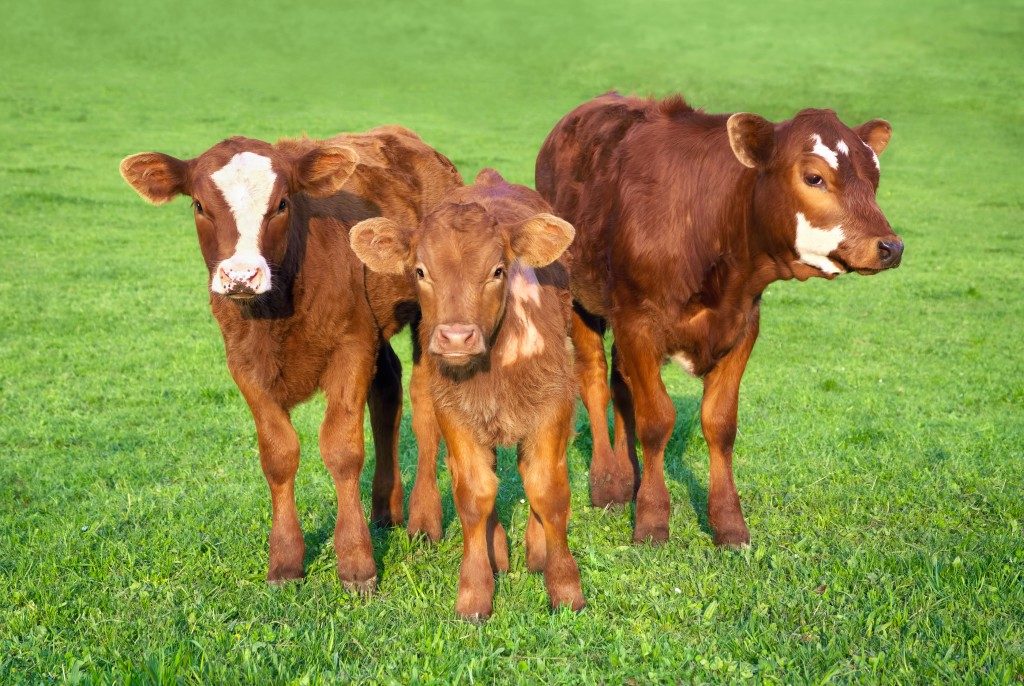When designing a cattle yard, it’s important to be cautious with the details. If you’re asking for professional help, it’s a good idea that you understand the design principles so that you can check if you’re getting a good deal.
There are several aspects to consider when preparing small cattle yard designs, but three factors stand out: the location, cattle behaviour, and materials.
1. Location
Choosing the right place is crucial because you can’t lift an entire cattle yard and move it. Once it’s installed, it stays right there.
What, then, makes the best location? Here are several points to consider:
- Access. A cattle yard is ideally located centrally. If there are other paddocks, the holding paddock of this facility should have direct access to the others. If this is not possible, there can be a permanent handling facility and then smaller yards nearby. You can also have a laneway system, which makes handling cattle more efficient.
- Soil type. The perfect soil for a cattle yard is either gravel or loam because it’s neither as muddy as the clay type when it’s wet nor dusty when it’s dry. However, gravel and loam are not enough to avoid mud. There should also be drainage.
- Security and safety. Theft is a problem for farmers, so make sure vehicle access to and from the yard is visible from the house. Add trees in the holding paddock to provide shade, but make sure it does not impede with the movements of the cattle. In addition, make the vats childproof.
2. Cattle Behaviour

You should take note of these cattle behaviours:
- They can see threats from almost all directions, so make sure the design works with this.
- Cattle prefer a curved race because they cannot see the people nearby. If you want to keep them calm and moving, there should be a solid side on the forcing pen, loading ramp, and race.
- Ensure appropriate lighting at the entrance of the race. If it’s too dark for the cattle, they will not enter. However, do not make it too bright as cattle do not like bright lights or even reflections.
- The small changes in the yard can distract cattle, so if they refuse to move or enter the race, it could be the reason. Otherwise, observe and inspect.
- Cattle get nervous and agitated when they slip. This may lead to an injury.
3. Materials
When choosing a material, it’s always recommended to get the quality one even if they are more expensive. Solid constructions with a blank barrier in all directions work well for cattle unless the area is where they should move. Visual barriers are also necessary since, as mentioned, they can see threats from almost all directions and they get stressed easily.
Another thing you need to consider is the smoothness of the entire yard. There should be no spikes, badly split wood, and so on. The materials may be timber or steel. Each has its own benefits. Just make sure that when timber is used, it’s free from termites; use stainless if possible.
Other aspects of designing and constructing a cattle yard include you and your workers’ safety, and yard operations. Each part of the facility has its own specifications and requirements based on the list above. For this reason, it is imperative that experienced professionals handle yard design and installation.

